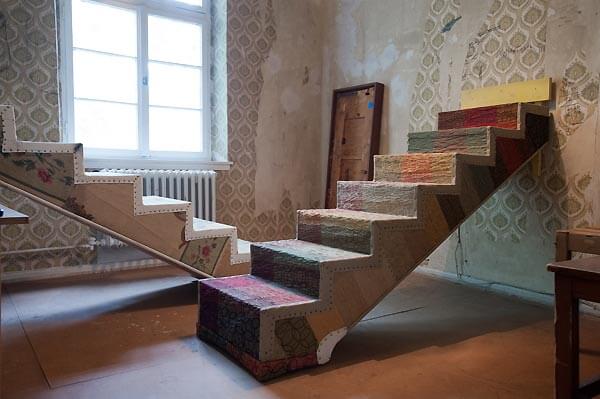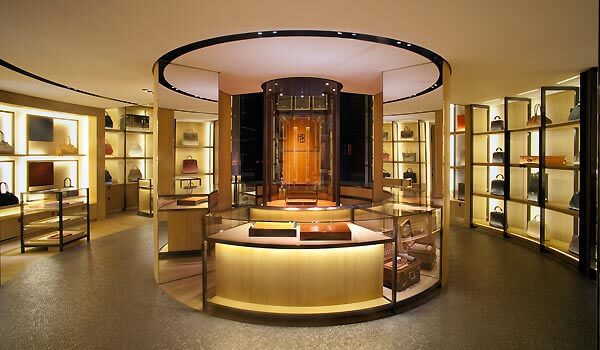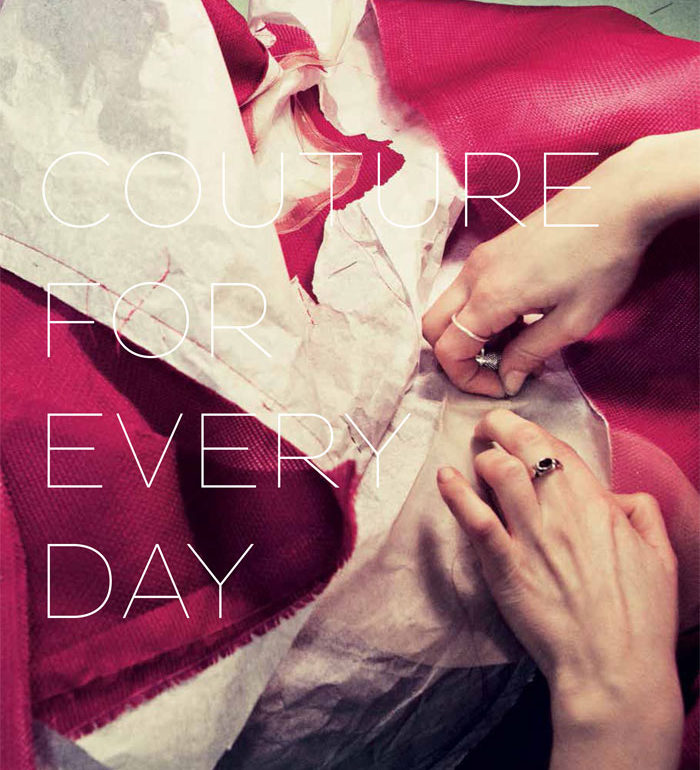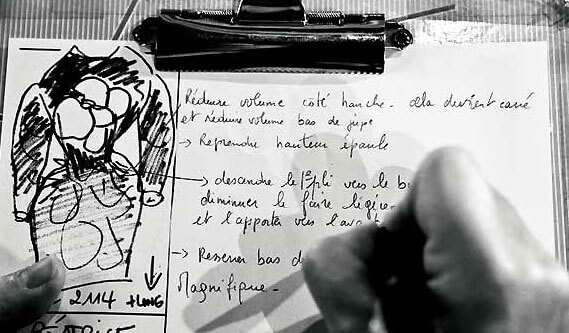
Ergonomics, style and sound. Sports car technology, intelligently combined.
In which Darius Sanai experiences the latest model of the most iconic sports car of all, and an updated version of a modern legend
Porsche 911 C4S Convertible
Pity is not an emotion that has commonly been projected onto purchasers of Porsches over the decades. Envy, loathing, awe, respect — all of these have their place. But pity?
Yet I do feel for purchasers of the latest Porsche 911 Carrera 4S Cabriolet, and, more particularly, for the car’s makers. They are judged by an impossibly high standard.
When comparing benchmark wines against each other, it is standard practice, among professionals and amateurs, to do so ‘blind’, in a quasi-scientific setup that ensures each product is (theoretically) judged on its virtues alone, and not its reputation.
It is impossible to do so with cars. Even if you were to blindfold a driver until he was seated, and to cover up the badges in the interior, most driving enthusiasts would recognise the interior style of a new sports car as belonging to a brand with which they are familiar: whether it’s Aston Martin’s architectural cool, AMG’s metallic chic or Ferrari’s boyish flair. In the case of the Porsche 911, one look at the rev-counter dominating the instrument pod and the sweep of the interior door handles is enough. Even though the latest 911 may have no visible parts carried over from its predecessors, it is plainly a 911.
And that means it is judged as a 911: not just an icon but a benchmark, the 911 is to sports cars what Château Lafite is to wine or (currently anyway) what Bayern Munich is to football. Everyone wants to try and beat it; everything else is the underdog.
Even the most ostensibly unbiased enthusiast may fall into the trap. Drive the latest Aston Martin, or speedy Jaguar, or Audi, and you err on the side of the positive. You forgive. The steering that is not quite right is ignored in favour of the handling balance that is. Traction that may be questionable is overlooked in favour of blowout mid-range performance. Back seats that aren’t really usable are less relevant than the machined finishing on the dashboard. You are constantly thinking: is it as good as a Porsche? Is it better? Parts of it are better!
Porsches, like all cars, are constantly improving: each generation is faster, smoother, more economical, roomier, more efficient. And the 911 can only be benchmarked against itself. I climbed in to the 911 C4S Cabrio, and, instead of marvelling at its stunning exterior — stretched, slicker, smarter than before — and modernised, roomier interior, immediately asked myself whether the electronically-aided steering system would be as alive as the wonderfully tactile steering in its predecessor model.
I realized I was preparing to judge the 911 on a different standard to any other sports car: not asking whether it was fun, fast, well-made and complete, but whether it was perfect: whether every element of it was an improvement on every element of every one of its predecessors.
And that would be falling into the trap I outlined above. So, instead, here are my views on the new 911 C4S Cabrio — at the moment the fastest of Porsche’s convertibles, with an uprated engine, as well as four-wheel drive — as if written by someone encountering the brand for the very first time.
Firstly, it looks stunning. Mine was in silver with a crimson roof, and matching crimson interior — every centimeter of the seats, doors and dash leather was crimson. Very, very cool. Even in more standard colours, the extended back and elongated light cluster on the rear give it an elegance that adds to the 911 squatness (necessary because the engine is in the back). It instantly makes all the previous models look a little squitty.
The interior is functional and purposeful, rather than chic: the red dash leather is a good idea because I imagine that in black it might look a little basic. There are lots of switches and the instrument display is absolutely clear and crisp. There is a surprising amount of room: much more headroom than in any other sports car (even with the convertible roof) and so much rear legroom that my long-legged 11-year-old could happily sit straight while my long-legged wife sat in front with her legs stretched out.. The downside, according to the rear seat passengers, is that the seat squab itself is flat and you have to sit very straight up. Fine for a fit nearly-teen child, not so good for a bibulous adult.
You may imagine that the slim front area of a 911 doesn’t offer much of a boot/trunk and it’s certainly an odd shape, stretching deeper than it does long, but it’s surprisingly commodious. It can take a couple of weekend bags, tennis rackets and other bric-a-brac with ease — apparently golf clubs fit comfortably in it (although I would think that if you are keen on golf perhaps a Jaguar might suit you more).
The convertible roof is very quick and easy to raise and lower electrically, and you can now do so while outside the car by pressing a button on the key, which makes for a good show on the street if you are hiding behind another car. You do need to keep pressing hard, though, or it stops and reverses its movements next press; in the end I found it easier to do so using the button in the car.
Instantly noticeable on driving the 911 is the beautiful purity of the accelerator’s response. There is no mechanical connection these days between the pedal and any engine — it’s all done by computer, like flying an Airbus. As a result fast cars can suffer from one of two ailments: over-eager programming that sends the car spurting forward as soon as you brush the pedal, which is both tiring and inauthentic; and turbo-response, which means wildly differing amount of go per touch on the pedal depending on where you are in the rev range.
The 911 suffers from neither of these. Instead, you feel like you are coaxing that powerful six-cylinder engine gently from a prowl to a growl and then finally a wild sprint.
I spent the first couple of days with the Porsche driving it like a sports car: engaging the Sport option that speeds up responses and firms up the suspension, measuring my way into corners and blasting out, noting with satisfaction that, pushed hard, it has a wonderfully interesting tendency to remind you the engine really is at the back — the 911 thrill, although I shouldn’t be noting that as I am playing the 911 novice here. I can’t think of a better sports car.
On the last day I had an early-morning journey entirely within central London, so I flipped it into lazy-automatic mode. Comfort suspension, automatic gearbox. How would it cope? Would it feel like a caged lion? Would the automatic gear changes to maximise engine efficiency mean you never got into the speedy range of the engine, and thus lacked performance to zip into gaps in traffic?
It was surprisingly good: quiet, smooth, with enough low-rev muscle to remind you that you were in a seriously fast car. Not as intuitive as a sports car with a proper automatic gearbox like an AMG Mercedes, perhaps, but this is technically an automated manual, not a traditional automatic, although the differences are becoming increasingly moot.
And how was the steering? It is precise, well-weighted, intuitive, and gets more communicative the harder you drive. I suspect that on a circuit it would be brilliant. Compared to all the other super-sports cars out there, it’s near the very top. Putting the 911-critic hat back on, I would, if pressed, say it’s not quite as tactile as the previous version of the 911 that went off sale last year. It means the car, as a whole, is perhaps a tad more grown up. Less instantly loveable, perhaps, but a better machine. And if you want fun, all you have to do is lower the roof, punch Sport, and the (optional) exhaust button that makes the car sound fabulous, and take off. At the price, the 911 Carrera 4S Cabriolet is impossible to beat.
LUX Rating: 18.5/20

Chassis control systems make a key contribution to the 911 driving experience
Porsche’s iconic 911 celebrates its 50th birthday this year. To mark the occasion, LUX spoke to Vic Elford, former racing and rally legend and one of the most famous 911 drivers of all time, for his view on how the icon has developed over the decades.
LUX: What is the defining driving characteristic of a 911?
Vic Elford: Unlike many ‘luxury’ cars of today which apparently think for themselves, the Porsche 911 can not be left to just wander around on its own — it needs a firm, knowledgeable hand in control at all times!
How does it compare to its peers when driven on track?
The simple answer is, it has no peers! There is no other car like the 911 in what it can do and how it does it. Sure you can make some Ferraris go fast, even some modern Corvettes, although they do it by brute force and not engineering superiority.
Is each generation of 911 better than the last, in what way?
I would say, “I would say different, but not necessarily better”. For example, in my ‘Porsche High-Performance Driving Handbook’ originally published in 1994 and still selling well in it’s second edition today, the chapter on ‘Driving in Unusual Conditions’ explains how to drive fast on snow or ice; but since the advent of on-board electronics which take over when they think the driver has overstepped his or her ability, some of those manouevres are impossible to do with a modern car. And you can’t switch them off; they are always waiting in the background ready to switch on again when they think something is wrong.
Have they become less thrilling even as they have become more sophisticated?
In some ways, yes, as noted above.
Which are your favourite 911s to drive in the real world, and why?
Older versions where I decided what the car was going to do, not the car itself!
What are your favourite 911 memories?
In 1967, only the second time I had driven a 911, I should have won the Monte Carlo Rally, but quirky regulations meant that although we were leading as we approached the Col de Turini for the very last speed test before the finish, I had no snow tires available when it started to snow heavily. I finished third. So my favorite moment was the following year, 1968, when for the first time the Monte Carlo Rally was a pure scratch event — fastest driver in the fastest car wins. I did! First time for Porsche, last time for a Brit!
911s used to have a reputation that they needed handling with care — do you think this is still true?
Years ago the 911 had a reputation created by people who had no idea what they were doing. A 911 is a very gentle understeering car but early ones, especially the short wheelbase which was so effective in rallies in the late 1960s, were extremely sensitive to the input from the driver, especially in the way it affected the balance of the car. Modern versions are too, but to a much lesser extent as improved chassis engineering and having tires that fit the performance of the car iron out most of the problems for normal drivers.
Would you encourage 911 owners to get onto the track?
Sure; why not? Just make sure you read my book first and then get really expert tuition from an approved driving school or from the expert driving consultants at a Porsche Experience Centre.
If you could have one 911 from any era to race, which would it be?
A 1967/68 911R with a 2 litre four-cam engine!!! (If you have never heard of that engine, look it up. I think I am the only driver who ever used it).
If you could have one 911 from any era to own and drive every day, which would it be?
Since I discovered and analysed the need for it and then wrote the original specification, I would have to say, ‘The Porsche RS America’, 1993. Preferably in Sky Blue, my favourite colour!

World Class Dynamics
– The new revised V12 engine makes this the most powerful DB9 every produced
Aston Martin DB9 Volante
It is hard to believe it has been 10 years since Aston Martin launched the DB9. Motoring experts point to its predecessor, the late 1990s-issue DB7, as the car that saved the company, selling more units than all Aston models before it put together. But the DB9 was something else. While the DB7 still had hints of old-fashioned English sports car about it — parts of it were based on the 1970s Jaguar XJS — the DB9 was strikingly, brilliantly modern.
Here was a British sports car which you wouldn’t dream of specifying with walnut wood on the dash and black piped Connolly hide on the seats accompanied by a Racing Green Exterior. It had to be metallic grey or black, with anthracite leather, all the better to show off the metallic-chic dash. The DB9 belonged to an industrial-chic, minimalist, modernist school of design — indeed, it was at its vanguard. It was equipped only with a V12 engine, looked superb with brushed aluminium and carbon fibre adorning its interior, and was a quantum leap over any other Aston in terms of driving appeal.
It was developed with a personal passion by Dr Ulrich Bez, the transformational CEO of the company who is also a successful racing driver. My first experience of the car was in a pre-production model driven on the country roads around the factory between London and Birmingham by Dr Bez himself.
Brilliant and highly desirable though it was, the DB9 was not perfect. Its imperfections were minor and masked by those wonderful avant-garde looks and that beautiful-sounding engine. They crept up on you slowly. In my first drive with Dr Bez, I couldn’t help notice that for such a sophisticated-looking car, its ride seemed ever so brittle. Drive onto a change of road surface and you could feel the change with a thump, and seemingly no suppleness in the suspension.
I drove an early DB9 to Scotland and back and returned with a blend of exhilaration and doubt. This was an involving, entertaining car to drive; but pushed like a sports car, its responses weren’t as progressive or intuitive as they should have been. It wasn’t agile, like a Porsche 911, and it wasn’t as relaxing as a Bentley.
It did look beautiful though.
Now, a decade later, there is a new DB9, although in terms of its looks it is strictly evolutionary. It looks like a sleeker, updated version of the original, particularly from its mean, flat front end. But there’s no mistaking what it is. The interior has also had the touch of a gentle magic wand: you know things have changed, but it’s unmistakeably a DB9 and you would be hard-pressed to say what, exactly, has changed.

Nearly 50 per cent of all parts and more than 70 per cent of all body panels are new
The engine, still a V12, has 60 horsepower more than the original, taking it to 510, and while this sounds like a lot, it is worth bearing in mind that the lead two-seater super-convertible at the time of the Aston’s original launch, the Mercedes SL55 AMG, managed more or less that kind of output a full 10 years ago. (Its successor has even more now.) And the Aston is not a lightweight car.
For the purposes of an honest assessment, I took along as a passenger a friend who bought one of the first DB9s to appear in 2003 and who still owns it, among numerous other cars. (His is a coupe, while my new test car was a convertible ‘Volante’ version). His immediate response a few seconds after we set off down a central London road was that this model was far more refined, quiet, and smooth in its ride. “It’s like being in a saloon car,” he said. “Mine is like a wooden go-kart in comparison.”
The actual driving experience is also very different, although subtly so. The car sounds the same — that is to say, magnificent — and you still know you are at the helm of a long two-seater super-sports car. This DB9’s responses are smooth, accurate, progressive: it is a relaxing car to drive slowly through traffic, especially when you hit the D button for fully-automatic mode. It heads into corners with gentle determination, or with gusto when you push it, although at speed you are more aware that this is quite a heavy car, despite the admirable flatness of the suspension. What is new is the suppleness to both ride and handling: there is no crashing of suspension, no unnecessarily sudden responses. It makes for a far more satisfying and relaxing experience.
The engine wails mellifluously when you accelerate, and this, combined with the looks which are as striking today as on the previous model, means it scores highly on the head-turn-o-meter I use while driving among tourists in central London. (Most accurately measured by the scientific measurement of cp/h, or cellphone pictures per hour.)
The Aston also has two back seats, although you need very understanding children if you are planning to sit them there (adults won’t fit) and they are best suited to Hermès and Chanel bags, including the larger sizes.
It seems almost all the niggles of the previous DB9 have been ironed out in this new model, although I should mention one factor that will be of concern to a minority of readers. The acceleration is fast, true and smooth, as a V12’s should be: but the car lacks the ultimate punch of today’s latest cars of this price, most of which would leave the Aston behind on cross-country blast (I am thinking in particular of the Ferrari California and Mercedes SL63 AMG). This may only make a difference of mere minutes to a journey, but it also means that an overtaking manoeuvre that is accomplished easily by those other cars might be tight in the Aston: and that’s not necessarily what you might expect from a car with an Aston Martin badge and a V12 engine and a price tag to match.
If that doesn’t worry you — and in most places, you won’t be able to use the car’s full power in any case — then the new DB9 Volante is as beautiful as it gets, and now refined, sophisticated and modern to go with it.
LUX Rating: 18/20










































































Recent Comments